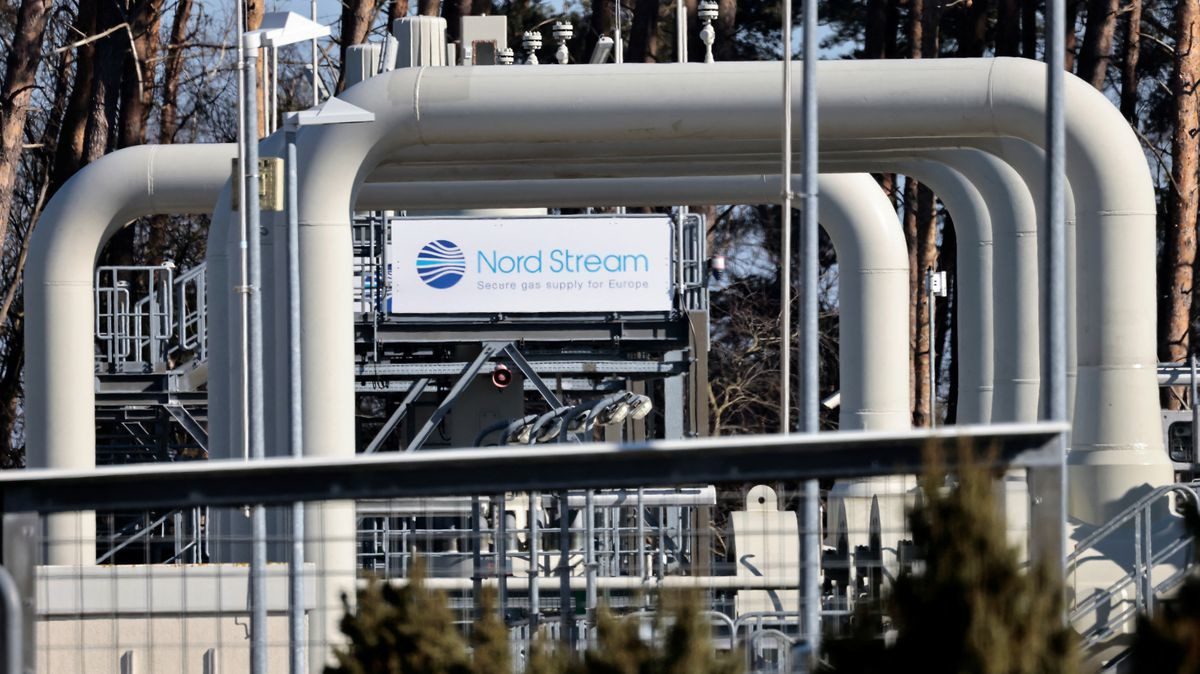Europe could run out of natural gas during peak winter demand if Russian supplies stop completely through a critical pipeline, according to global consultant group Wood Mackenzie Ltd.
Analysts state that if the Nord Stream 1 pipeline to Germany is shut down completely, Europe will not reach the storage levels of liquified natural gas (LNG) the European Union has mandated by the beginning of the heating season in November. Massimo Di Odoardo, vice president for gas and LNG research at Wood Mackenzie, said the region could be completely depleted of reserves by January.
“Even considering counter measures, it might be inevitable that some rationing of demand will need to take place,” Di Odoardo said.
On Wednesday, Russian energy giant Gazprom declared more cuts in the quantity of gas it can pump through the pipeline, a move German Federal Minister of Economic Affairs Robert Habeck said was meant to sow uncertainty and raise fuel prices.
The recent capacity-cut means that Nord Stream 1 will be running at only 40% capability. Gazprom blamed delivery delays on equipment in Canada undergoing maintenance, which Germany’s energy regulator said does not justify the cut.
On June 14 and 15, Gazprom also slashed supplies to customers in Italy, France, and Austria, an action that affected energy markets and created a new price rally.
Di Odoardo said that a complete stop in Nord Stream gas would cause European storage levels to fall to just 59% by November 1. If the pipeline continues to run at 40% capacity, storage levels could drop to 67% by then, with the chance of stock shortage only by the end of winter, he said.
Europe is now importing record volumes of LNG, in particular from the U.S.
The U.S. has said it can supply 15 bcm of natural gas to the E.U. this year. LNG plants in the U.S. are already producing at 100% capacity. Supply deliveries were also reduced by an explosion at a major LNG export terminal in Texas last week. The terminal will remain non-operational until September and will not be at full capacity until the end of 2022.
“An influx of LNG year-to-date, predominantly driven by increased U.S. exports, remains a key lever in offsetting reduced levels of piped gas from Russia and has led to near-full recovery toward historical gas storage levels as we enter the summer,” Patricio Alvarez, a Bloomberg analyst said.
“Still, immense gas-price volatility on the back of Russia’s supply squeeze and narrowing global LNG supply is likely to lead to higher storage draws, which could accelerate further depending on summer weather conditions,” he said.






